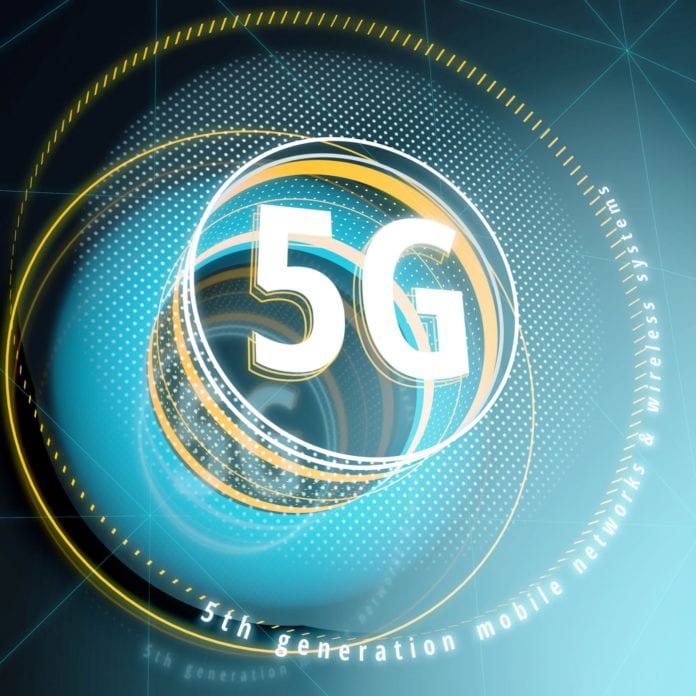T-Mobile US says it has conducted the first successful North American testing of a Standalone 5G New Radio data session, and that the test was also a world-first test of a 5G SA data session in a multi-vendor environment.
The carrier plans to introduce Standalone 5G in 2020. Existing 5G networks are based on the Nonstandalone version of 5G New Radio, which rely on an LTE core network and are meant to be a stepping-stone to end-to-end 5G with a full-fledged 5G core.
T-Mobile US said that the over-the-air data transmission, conducted at its Bellevue, Washington lab, “marks a giant leap forward in realizing the true potential of 5G with new services, ultra-low latency, and even greater coverage and capacity than existing networks.”
“This major 5G breakthrough is another example of how the T-Mobile engineering team continues to innovate and drive the entire industry forward,” said Neville Ray, T-Mobile US CTO, in a statement. Ericsson, Nokia, Cisco and MediaTek participated in the 5G SA data session test with T-Mobile US.
The Standalone 5G ecosystem is ramping up alongside implementation of 5G NSA, with most work occurring in labs at this point. 5G SA network launches are expected to start in China in the second half of this year. At the end of April, Ericsson and MediaTek completed an end-to-end 5G SA call at a Canadian lab using 2.6 GHz spectrum; in early April, Orange Spain and ZTE completed the first 5G SA voice and data call in Europe, in a test carried out in Valencia that reached speeds of 876 Mbps with a single test handset and 3.2 Gbps with 12 test handsets working simultaneously.
Affirmed Networks recently launched a 5G SA network core solution, which it said is already supporting several trials. Viavi Solutions recently expanded its 5G network emulation solutions to include 5G SA, saying that “the industry roadmap to 5G SA network equipment has been accelerated.”

